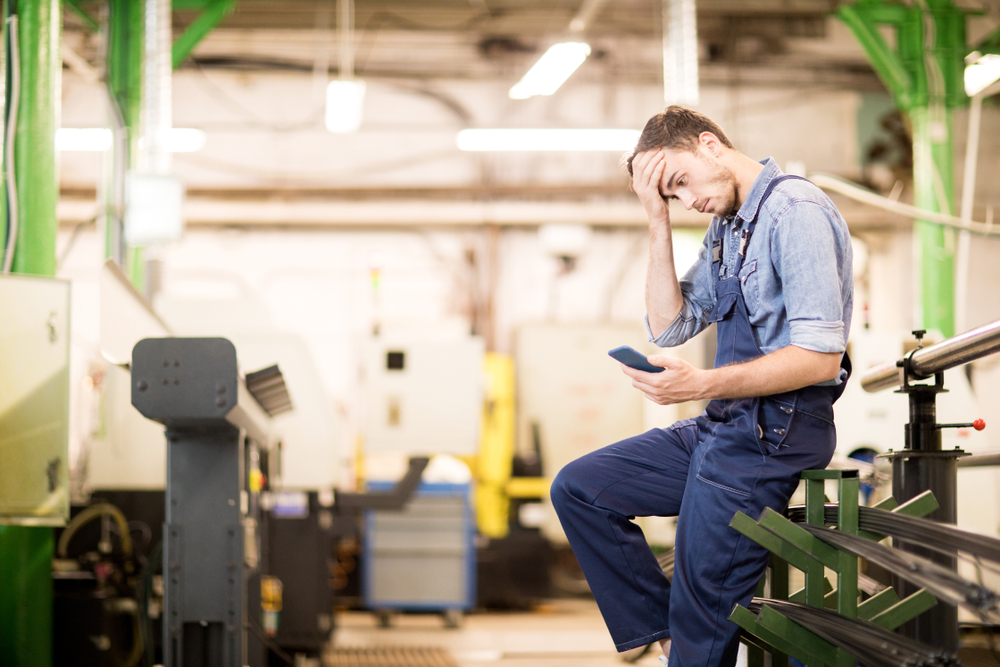Is your ammonia gas detector not working properly? 1 of these 4 common problems may be affecting its operational efficiency.
5 Reasons Why Your Ammonia Detector Isn’t Working Properly
Are you receiving incorrect reading from your ammonia gas sensor? If you are in charge of overseeing an industrial facility, lab, or other setting where ammonia is present and are having issues with an ammonia detection system, there could be a wide range of causes. Here are a couple of reasons why your detector may not be working as needed.
- Environmental conditions
- Improper calibration
- Wrong location
- Wireless network integration
- Incorrect range selection
1) Environmental Conditions
While ammonia leak detection systems are generally equipped with technology that allows them to perform well in almost all work environments, there may be situations where your environment affects the ability for sensors to detect levels of ammonia gas. For example, if your facility has areas where temperature extremes or high humidity levels are present, these can occasionally lead to problems with accuracy and reliability, such as false alarms.
Tip: To prevent this from happening, it is best to select a detection system that has proven to work well in conditions specific to your work setting.
2) Improper Calibration
If technicians fail to perform regular checks of these systems, the result can be improper calibration that leads to incorrect data being transmitted to the alarm systems.
Tip: Always have technicians perform monthly or quarterly tests using small concentrations of ammonia gas. By doing so, any irregularities with the detector can be found and corrected.
3) Wrong Location
If you believe your ammonia detection devices are not working as expected, you may need to rethink where you have them positioned. For example, if you have installed detectors close to large pieces of equipment, there may be vibration or shock coming from the equipment that are keeping the detector from properly functioning. Along with this, if the detector is installed in an area that has it extremely isolated, it may not be able to properly detect various types of leaks.
Tip: Always take into account not only where you want to install detectors, but also the functions you want them to perform within your facility.
4) Wireless Network Integration
As wireless technology has now become the norm in almost all types of laboratories and industrial companies, these detection systems have been designed to possess electronics that allow for easy integration with existing wireless networks. However, in the process of installing your detectors, it is possible certain issues may develop that require additional troubleshooting.
Tip: Make sure the detection system you select not only has wireless network capability but also has been tested and shown to work well with whatever wireless network is used by your facility.
5) Wrong Range is Selected for the Detector
Sometimes a decision is made to purchase an ammonia detector with a standard range of 0-50 ppm or 0-10 0ppm to protect employees. Typically, the deciding factor is the TWA and STEL levels determined by OSHA, which are 25 and 35ppm, respectively. However, if the detector is located near equipment, which tends to emit ammonia i.e. bleed valves, or faulty equipment, like a compressor, then the sensor, in the detector, could be damaged and the detector could continuously stay in alarm. In those instances, perhaps a different range and/or sensor type should be selected.
Double-Check Your Ammonia Gas Detector
If you have an ammonia detector installed in your facility, it’s important to make sure that it is working properly for continued operation. Our gas detection systems are built to handle a number of different environments and have a reputation for maintaining accurate readings.
Get in touch with our team for more information so that you can properly safeguard your facility against dangerous levels of ammonia gas.

